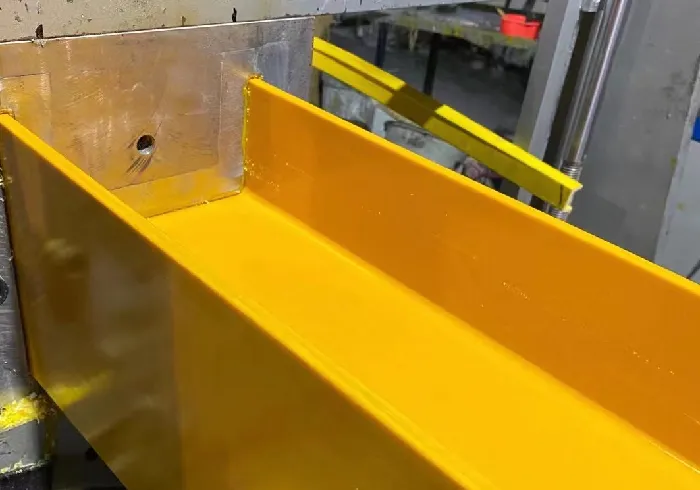loading...
- No. 9, Xingyuan South Street, Dongwaihuan Road, Zaoqiang County, Hengshui, Hebei, China
- admin@zjcomposites.com
- +86 15097380338
- Welcome to visit our website!
reverse osmosis membrane housing
Reverse osmosis (RO) membrane housing plays a pivotal role in water purification systems, offering an efficient solution for producing high-quality drinking water. Understanding the function and significance of this critical component is essential for comprehending how reverse osmosis systems work.
At its core, the reverse osmosis process involves forcing water through a semipermeable membrane that filters out contaminants, such as salts, heavy metals, and other impurities. The membrane housing is designed to securely contain this delicate membrane while maintaining optimal pressure and flow rates. Constructed from durable materials such as PVC or fiberglass, the housing protects the membrane from physical damage and prevents leaks that could compromise water quality.
One of the primary advantages of reverse osmosis membrane housing is its ability to provide consistent performance
. The design typically includes features like O-rings or seals that ensure a tight fit, reducing the risk of bypass or contamination. Moreover, these housings are engineered to withstand the demanding conditions of water treatment facilities, including varying pressures and temperatures, further enhancing their reliability.reverse osmosis membrane housing

Another important aspect of RO membrane housing is its compatibility with various water treatment systems. Whether for residential use, commercial applications, or large-scale industrial operations, selecting an appropriate housing is crucial for maximizing the efficiency of the reverse osmosis process. Users can choose from single or multi-membrane housings based on their specific needs, allowing for customization and scalability.
Maintenance of reverse osmosis membrane housings is also essential for ensuring longevity and performance. Regular inspections and replacements of worn components can prevent costly breakdowns and extend the lifespan of the entire water treatment system. In addition, using high-quality replacement membranes and adhering to manufacturer guidelines can significantly enhance the effectiveness of the system.
In conclusion, reverse osmosis membrane housing is a cornerstone of modern water purification technology. Its robust design, compatibility with various systems, and maintenance considerations make it indispensable for both residential and industrial applications. By understanding its role and ensuring the proper care of RO membrane housing, users can achieve optimal water quality and contribute to sustainable water management practices. As the demand for clean, safe drinking water increases worldwide, investing in reliable reverse osmosis systems and their components is more critical than ever.
-
GRP Structures: The Future of Lightweight, High-Performance EngineeringNewsJun.20,2025
-
FRP Water Tank: High-Performance Storage for Corrosive and Clean Water SystemsNewsJun.20,2025
-
FRP Square Tube: The New Industry Standard for Chemical and Structural ApplicationsNewsJun.20,2025
-
FRP Pultruded Profiles: The Ultimate Choice for Lightweight Structural StrengthNewsJun.20,2025
-
FRP Handrails: The Safer, Smarter, and Stronger Choice for Modern InfrastructureNewsJun.20,2025
-
FRP Grating: The Smart Solution for Durable, Lightweight Industrial FlooringNewsJun.20,2025
-
Why Choose a Galvanized Water Tank for Your Storage NeedsNewsMay.21,2025
